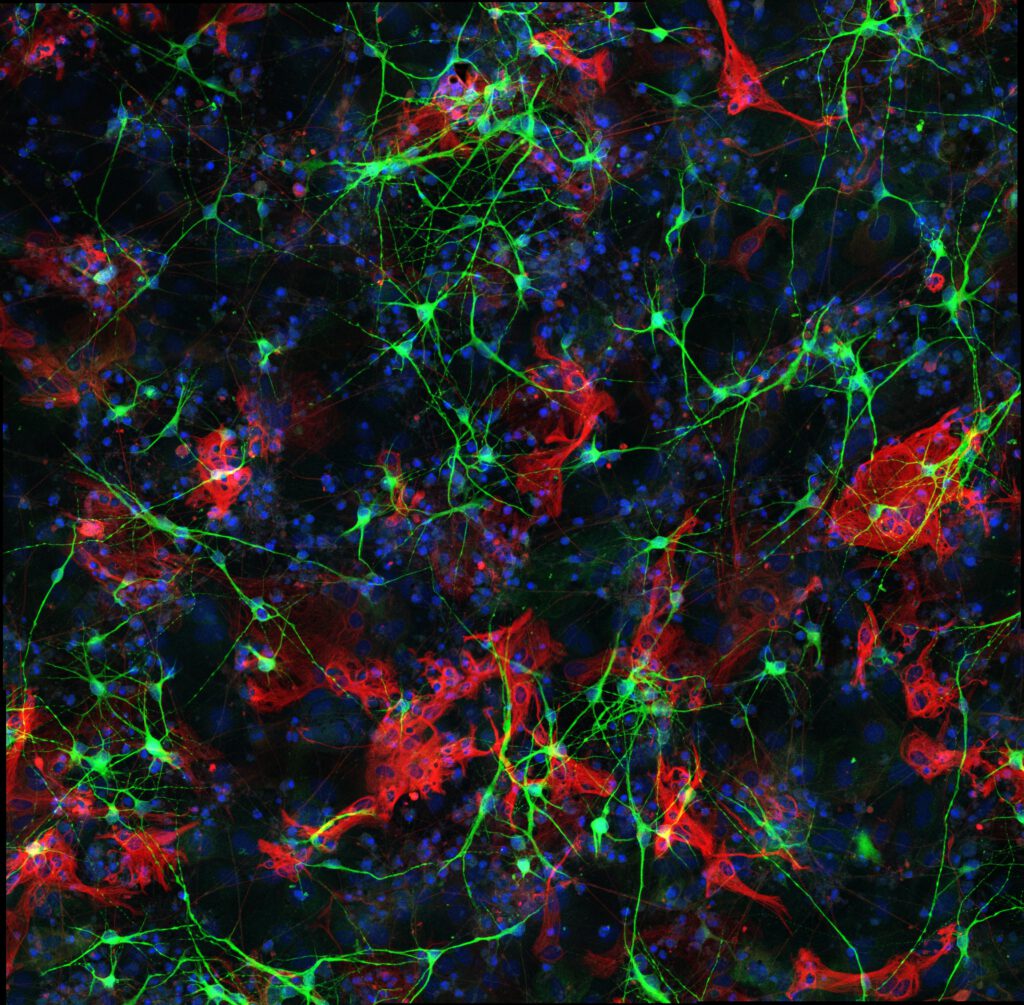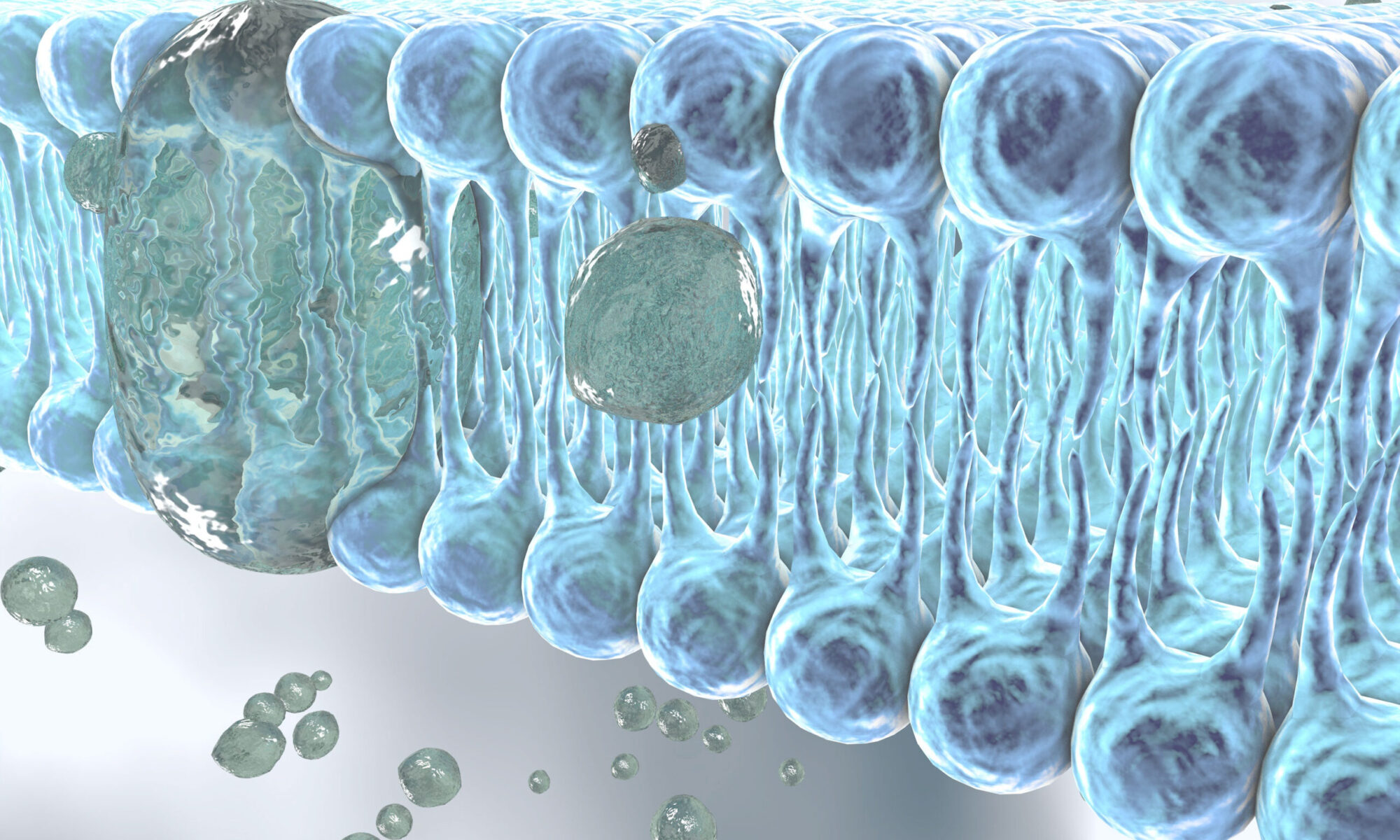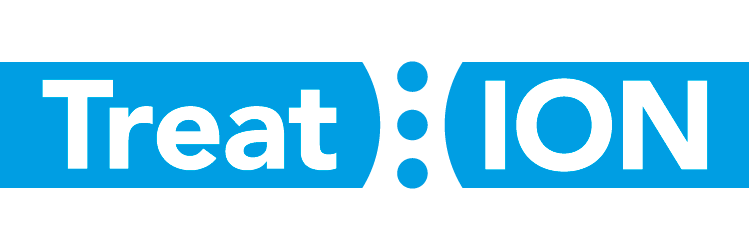Pathophysiology and Therapy in human neuronal models of KCNA2 related channelopathies

Our first aim is to model DEE caused by LOF and GOF mutations in KCNA2 and to
understand the KV1.2-mediated pathophysiology in human neuronal models. The second aim is to obtain a better understanding of how 4-AP affects human neuronal physiology, and the third aim to find new drug candidates reversing the effects of these mutations. To achieve this, we will:
- Differentiate patient-derived iPSC lines (carrying GOF or LOF mutations) and those from
controls into predominantly excitatory or inhibitory neuronal populations. - Perform electrophysiological studies using patch-clamping on obtained neurons to
characterize the differential effects of the mutations on both types of neurons and
subsequently to test drug candidates. - Mimic GOF and LOF KCNA2 mutations in human organotypic brain slices via viral
transduction and gene knockdown approaches, respectively, to study the physiology of
neurons expressing related mutations as well as their response to 4-AP and other drug
candidates. - Perform screening assays to find new candidates to modulate KV1.2 function.
Understanding the pathomechanisms of KCNA2-related DEE and first individual treatment
strategies perfectly match the overall goal of the consortium of translating genetic findings into personalized treatments of neurological ion channel and transporter disorders.

